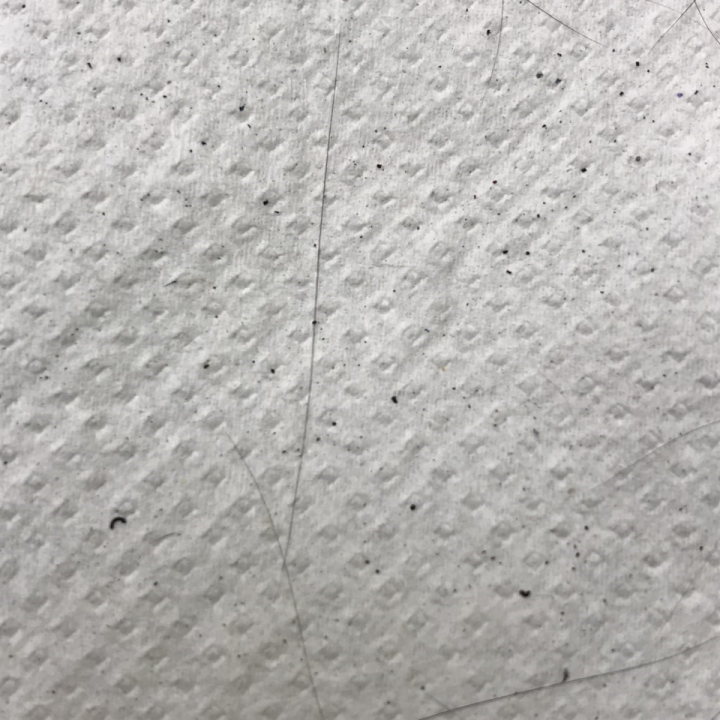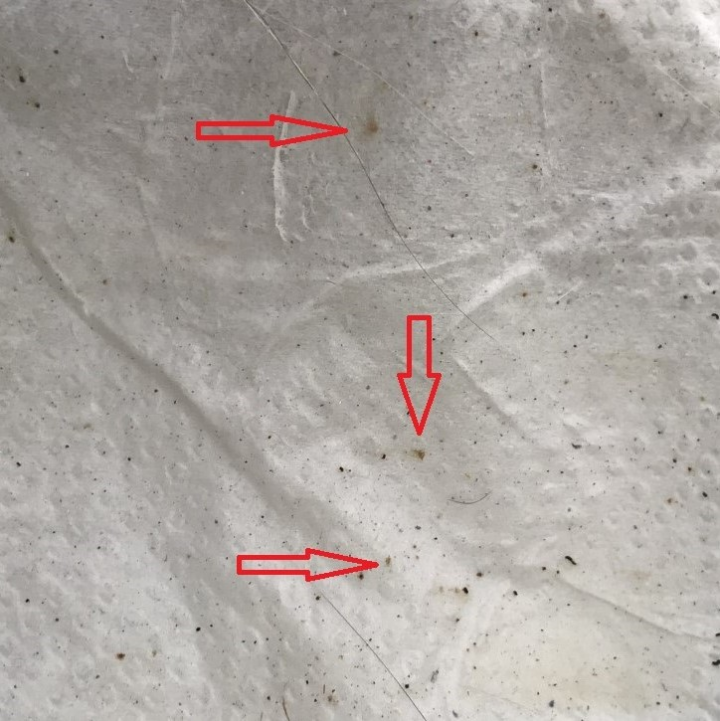How do I know if my pet has fleas?
When introducing a new pet into the household, always be sure that you are not also admitting other little ‘’friends’’ into the house at the same time! Ideally, a flea detection test should be done BEFORE admitting any new animal inside. If this animal has fleas, it will then be possible to isolate it and treat it individually. If it is put in contact with other pets or simply entered into the same environment as other pets, even if there is no contact between them, every animal in the house will need to be treated.
So here is the test to do with a dog or a cat:
-
Materials needed: a glass of water, a blank sheet of paper and an animal to test!
-
Lay the sheet of paper under your animal’s hind and shake thoroughly the fur on the lower back and buttock in order to make dust and dandruff fall on the paper. If the animal has fleas, flea waste (flea defecation) will also fall on the paper. Do not expect to see live fleas unless the animal is very severely infested.

-
Apply a drop of water on the waste that has fallen on the paper. With your finger, press on the waste and slide it on the sheet in order to see if it creates a red/rust trail behind it.

-
If a waste leaves a red/rust trail on the paper when you press on it, it is flea waste. Your animal has fleas!
If your animal has fleas, you can call at your veterinary clinic to have flea medication to treat the animal and its environment. Many different products are available, some that are applied to the skin, others that are taken orally (as a chewy treat for dogs). It is mandatory to treat all animals in contact or in the same environment, and the treatment must be administered as prescribed to get rid of the fleas once and for all. Veterinary products are safe and very efficient to treat infestations.
Be aware of flea products available in pet stores or large surface stores. They generally contain insecticides (permethrins/pyrethrins) to repel fleas and are not very efficient. These products can also be responsible for intoxications that will lead to convulsions, tremors, respiratory distress, hypersalivation, diarrhea, etc. They actually are one of the most common causes of intoxication in cats. It is particularly important not to use one of these dog products on a cat. If your animal presents signs of intoxication to an insecticide flea repellent, please consult with an emergency veterinarian.

